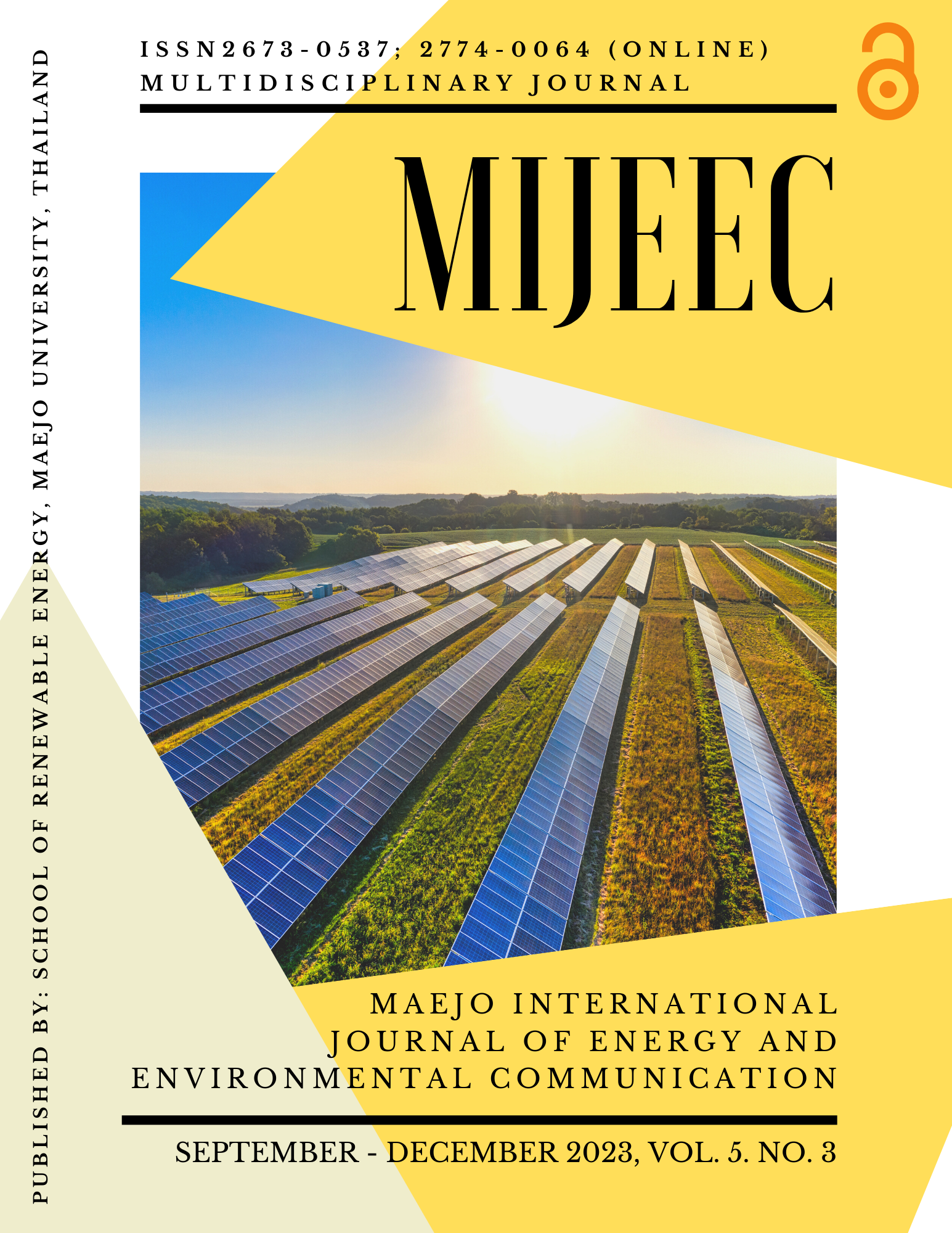Sustainable management of rice straw addressing burning issues and harnessing bioethanol potential
Main Article Content
Abstract
Asian rice feeds half the world and produces hundreds of millions of tons of rice straw. Farms burning rice straw in open fields release harmful chemicals and greenhouse gases, impair soil quality, and affect health. No viable alternatives make open-field burning bans difficult to enforce. Rice straw bioethanol could replace fossil fuels and greenhouse gases. Optimizing bioethanol production requires pretreatment, hydrolysis, fermentation, and distillation. Chemically, rice straw offers bioenergy and industrial potential. Bioconversion and animal feed are conceivable due to their high dry matter (93.23%) and crude protein (27.13%). Its 35.10% crude fiber and 69.10% neutral detergent fiber indicate high cellulose and hemicellulose content, making it ideal for biofuel production. Enzymatic hydrolysis is aided by low acid detergent lignin (4.27%) but hampered by high silica (11.20%). Multiple pretreatment methods were investigated to improve enzymatic digestibility. Grinding and steam explosion enhanced lignocellulosic surface area. NaOH and H2SO4 stripped lignin and hemicellulose to reveal cellulose. The highest fermentable sugar concentrations after enzymatic hydrolysis were from alkali-steam explosion pretreatment. Saccharomyces cerevisiae fermentation produced the maximum ethanol from combination pretreatment. Steam-exploded straw yielded 25.8 g/L, alkali- and acid- treated 30 g/L, and alkali-steam explosion 35 g/L. This study found that rice straw's sustainable bioethanol potential benefits the environment and economy. More research should optimize pretreatment and fermentation to scale up and profit from bioethanol.
Article Details

This work is licensed under a Creative Commons Attribution-NonCommercial-NoDerivatives 4.0 International License.
Copyright © 2019 MIJEEC - Maejo International Journal of Energy and Environmental Communication, All rights reserved. This is an open-access article distributed under the terms of the Creative Commons Attribution-NonCommercial- Attribution 4.0 International (CC BY 4.0) License






